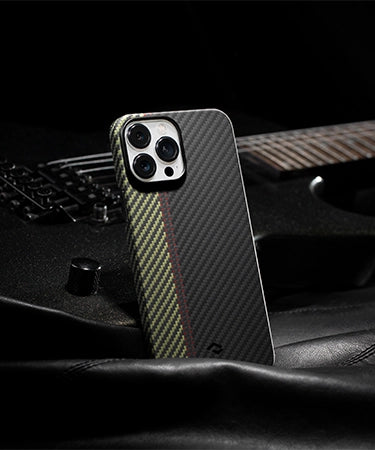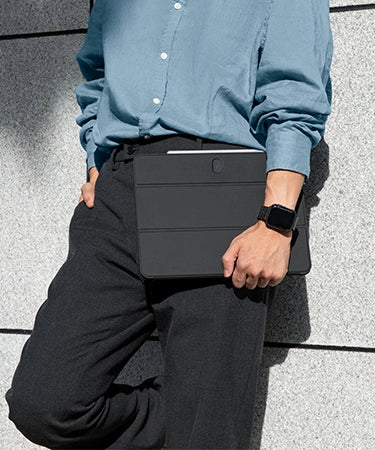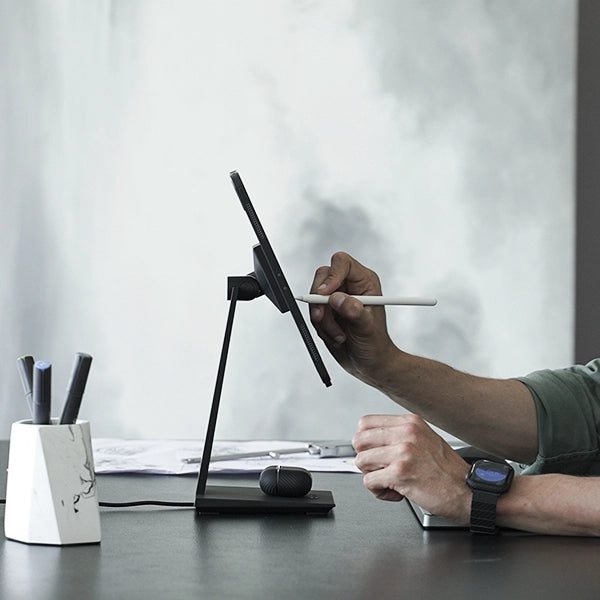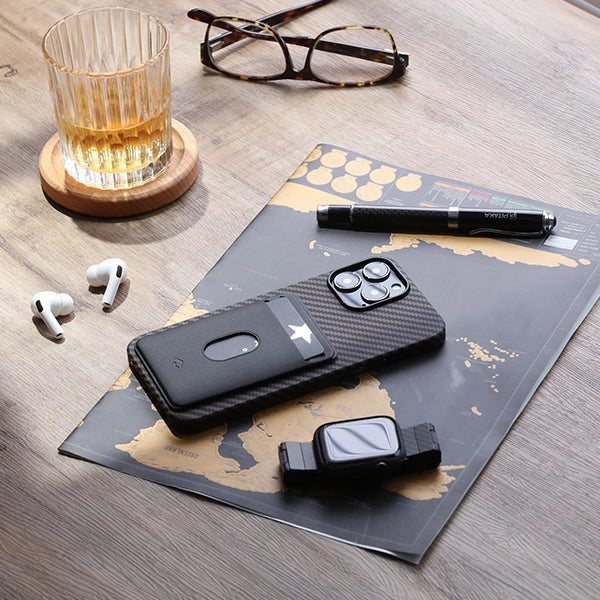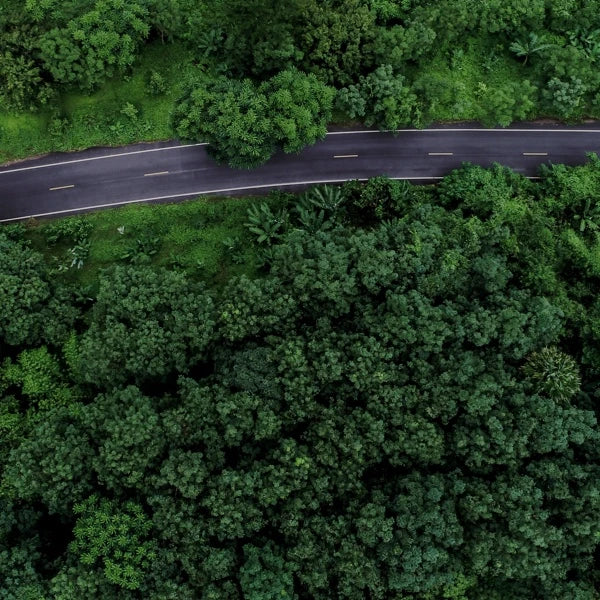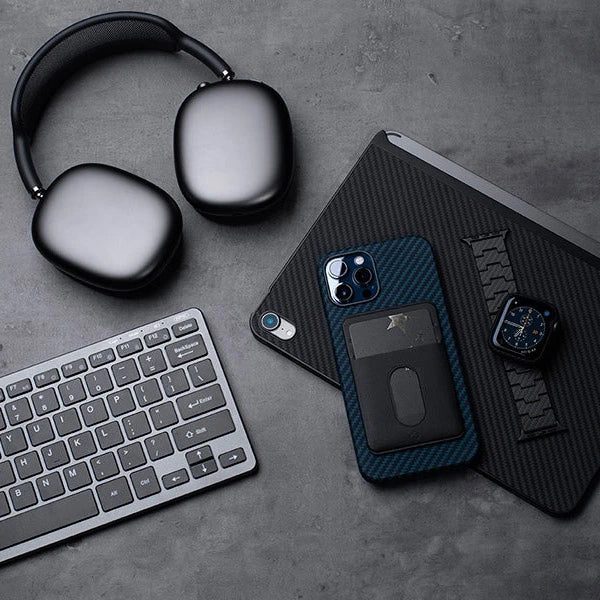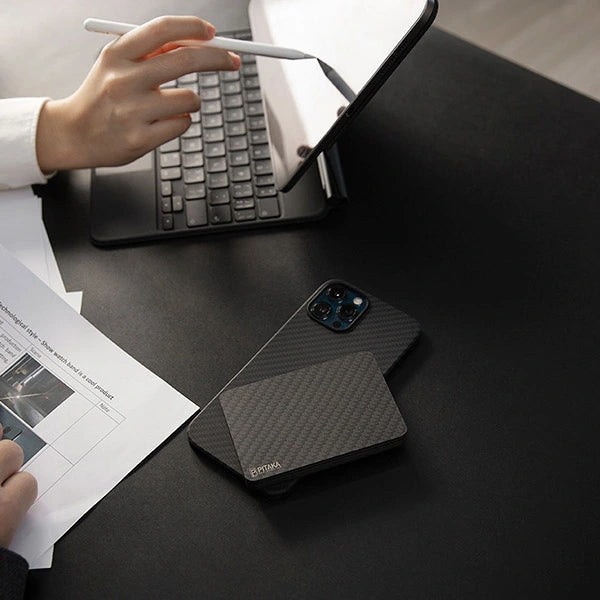"Who travels sees more."
Nowadays, more and more people pick up their backpacks and walk straight into the outside world. They could be a backpacker, carrying a loaded bag and exploring from place to place; They could be a photographer, packing up all their "weapons" and recording the world seen with their own eyes; they could be you or anyone who enjoys traveling and experiencing our planet in their own way.
"Less is more."
To make travel easier, traveling light is a necessity. Lose the stress, lose the weight, and lose the burden.
-
Less stress and more security.
There's less chance of theft or damage when you travel light. With only the essentials in your backpack, you can always keep an eye on it by carrying it wherever you go. You’re keeping your stuff well guarded and safe.
-
Less weight and more freedom.
Having a lighter bag on your back keeps your hands free while you travel. You're able to check a map, take photos or message your family. It's much easier to catch a bus on the street or get a quick pass for the airport check-in.
-
Less time and more efficiency.
Without a doubt, compared with keeping an eye on multiple cases and bags, having one bag can definitely save a lot of your time and energy. When others leave the plane and crowd to get their battered luggage, you can simply take your bag and be the first one out to catch the next taxi, bus, or train.
The Ultimate Guide to Travel Packing
Before discussing packing tips, I want to highlight that what you pack is situational. Always consider the situation you're traveling into, such as the weather, transport links, and political situation, to name a few. It is essential to gather enough information about where you're going beforehand to focus on the purpose of your travel, whether it's civic tech research, taking scenic photos, or simply traveling around.
Start your packing a few days in advance to prepare all your things without overfilling your bag. Don't forget to leave space for things you might need to purchase when you're traveling.
When you're packing, choose versatility over special-case items.
NOW, let me share some tips!
Tips for packing your clothes
Generally speaking, unless you're going into the wilderness, you're able to do laundry. With this in mind, the following should be enough for almost everyone:
- 4 sets of clothes and a coat or jacket. Choose items that best suit the weather, but remember long pants and a sweater for cool evenings
- 2 pairs of shoes: one to wear and one to carry
- 4 pairs of socks
- 4 pairs of underwear or a pack of disposable underwear
- A hat or cap, depending on the weather.
Then, pack your items in a way that reduces creases and make the most of your packing space. Rolling pants instead of folding helps with this, as well as storing your socks in shoes. Use small bags to keep shoes separate and prepare a bag for dirty laundry.

Tips for personal accessories
This part will be widely dependent on the individual, but the following list should be enough for most people and travel destinations.
- Medicines, such as painkillers and indigestion tablets
- Toothbrush and toothpaste (travel size)
- Deodorant
- A small pack of detergent
- Sunscreen
- Small toiletries (shampoo, shower gel, etc.)
- Small nail scissors or clippers
- Travel first-aid kit
- Tissues and wet wipes
- Umbrella
You might also get some small resealable bags to store liquid containers while you travel.
Of course, there're lots of personal things you might take, but it's all about your travel style and needs, just make them travel size. Keep all your small personal items in a multi-functional bag, such as a hanging toiletry bag to store everything neatly.
Tips for tech items
No matter where you go, in the 21st century, tech items such as your phone and camera are on the must-pack list. An essential rule for packing tech items is to keep them as light as possible.
You might need the following items:
- Laptop, if you're a freelancer
- Phone and earbuds
- Camera, if you're a frequent traveler and photographer
- Selfie stick or tripod
- Bank cards
- Cables for charging
- Storage (USB keys, SD cards, card readers)
The tech items I listed above are the most common, but you might not need everything listed.
Let's start packing the things above:
For laptops, there's usually a specific space in the back of a rucksack that has additional padding.
Most of the time, your phone and earbuds will be in your pocket, but you may need a protective case to prevent any accidents while you're traveling.
All the other items can pack conveniently into a camera bag. Apart from protecting the camera, there are extra pockets for storing cables, memory cards, and more. If you're not carrying a camera, a small bag for digital items will work, too.

To keep my tech stuff tidy and secure, I use a PITAKA Digital travel Kit, a compact, lightweight carbon fiber wallet that holds ten mini charging and data storage essentials. With the Type-C charging cable and three adapters, you can charge almost any device. You can easily store and transfer data using the built-in memory card reader and USB flash drive. There are designated slots for storing your spare SIM card, Micro-SD, and a SIM ejector tool. The MagEZ Digital Travel Kit also holds up to three Chip and PIN cards or business cards in an RFID protected module, so you don't need to worry about losing your cards.
Final Thoughts
Hopefully, these tips will help you when you're preparing for your next big trip. Without a doubt, packing light requires us to be selective about what we pack while keeping things organized, making sure every cubic centimeter is fully utilized.
In other words, try to be a minimalist when packing!
Travel lighter and live easier.
